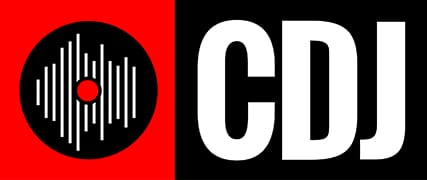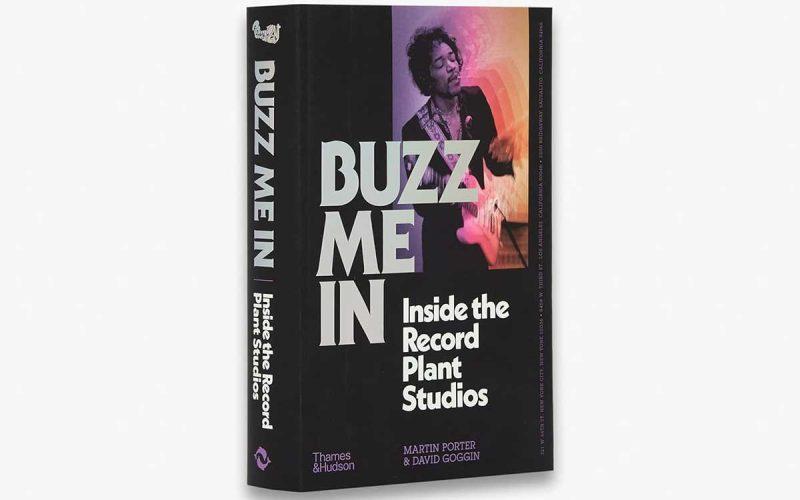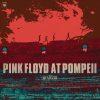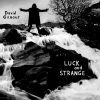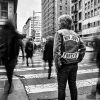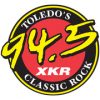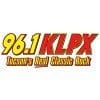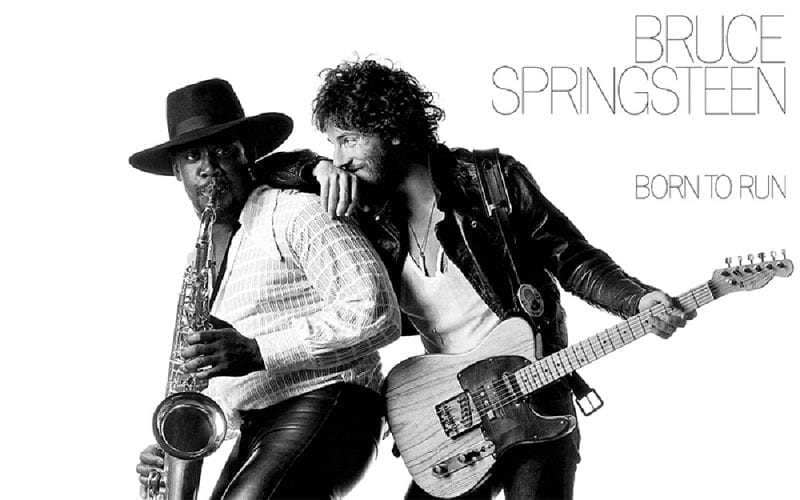
Tramps, like us, we were born to run.
Run where?
Run toward something? Or away from it?
Bruce Springsteen’s first two albums, Greetings from Asbury Park, N.J. and The Wild, the Innocent & the E Street Shuffle, each released in 1973, hadn’t connected with an audience despite an abundance of ambitious brilliance. None of his singles to this point — “Blinded by the Light,” “Spirit in the Night,” and “4th of July, Asbury Park (Sandy)” — had sniffed the charts. CBS Records, which had once been so high on the kid from Jersey that he’d been hailed as the new Dylan, was now questioning his future at the label.
Was he running from the pressure?
Tramps, like us, we were born to run.
Run toward fulfillment, or away from expectations?
Springsteen wasn’t really running from anything quite so grand as all that. Tramps like us, he’s noted, were simply running away from home.
Home was Freehold, New Jersey, and the surrounding area that included Asbury Park, Bruce’s musical real estate on the Jersey Shore, and Long Branch, where the then-24-year-old was living when he wrote “Born to Run.” Freehold, a commercial hub and the county seat of Monmouth County, sits comfortably in the Raritan Valley, give or take 35 miles from bustling Manhattan, New York. The town experienced a massive population explosion during Springsteen’s teenage years in the 1960s, and still it was home to just 13,000 or so by 1970.
One of Freehold’s 13,000 inhabitants was a man named Douglas “Dutch” Springsteen, a bus driver among other things. Dutch’s lone son had been born in 1949, and by the time the son was drifting through Freehold High School the two Springsteen men were locked in a well-worn, bristling father/son struggle; the elder Springsteen struggled for control of his son and of his own disappointments; the younger one struggled for independence day, for freedom. Bruce felt suffocated, imprisoned by this small town and the brooding heavy hand of one unhappy bus driver who often expressed dissatisfaction with his son’s lot in life. The son’s lot at the time consisted of that “damn guitar” and a Beatles-on-Ed Sullivan-inspired rock & roll dream that was now 10 years down the road.
With “Born to Run,” Bruce had escape on his mind and he certainly got that. But in the power of those four and a half minutes, propelled by Ernest “Boom” Carter’s rousing drum roll into an explosive, full-fledged rock & roll anthem, Bruce got so much more. He found redemption. And in that redemption, he also found monumental success, the likes of which just one of those millions of would-be-rock stars who watched The Beatles on Sullivan ever achieved.
In early 1974, when Bruce began writing “Born to Run,” he had nothing. Nothing but two exquisitely realized but unknown albums, nothing but doubt coming from his record label, and nothing but a burning drive to turn it all around and get himself a little piece of something of his own.
He was running away from Freehold and running toward worldwide adulation, unimaginable success, and all the trimmings.
When he wrote “Born to Run,” Bruce was already physically gone from Freehold and living 25 minutes away in Long Branch, New Jersey. “One day I was playing my guitar on the edge of the bed, working on some song ideas, and the words ‘born to run’ came to me,” he’s said. “At first I thought it was the name of a movie or something I’d seen on a car spinning around the circuit. I liked the phrase because it suggested a cinematic drama that I thought would work with the music that I’d been hearing in my head.”
One of the roadblocks to pop success for his first two albums was the song lengths. At the time, pop radio wanted nothing to do with unknown artists peddling singles that went on for more than five minutes, as Springsteen’s did. “Born to Run,” meanwhile, was not going to suffer that same fate; he was hell-bent on tightening things up, musically and lyrically, and on growing up. Born to Run, he’s acknowledged, was “the album where I left behind my adolescent definitions of love and freedom.” If his first two offerings were guilty of “more words in some individual songs than other artists had in whole albums,” as his label once described his lyrical surplus, his third album would pull back on the wordplay.
And so it is that “Born to Run” is taut, encompassing just three verses, a bridge, and no choruses. A first-person plea for a girl named Wendy to run away with him — the girls that Springsteen has regularly mentioned by name in his songs are composites of people he’s known — “Born to Run” exudes a triumphant restlessness, a deep-seated need to hit the highway and get the hell out of town. In fact, the highway that he namechecks in “Born to Run” directly ties the song to Freehold; cutting a path down eastern New Jersey from just outside of New York City to Delaware, Highway 9 wends its way through Freehold less than a mile from where Bruce grew up.
“I remember when the riff came into my head,” he told Rolling Stone, “I’d been listening to the record ‘Because They’re Young’ by Duane Eddy, and I’d been listening to quite a bit of Duane Eddy because I was into the twangy guitar sound at the moment.”
With “Born to Run” Springsteen strived for a sound tantamount to “Roy Orbison singing Bob Dylan, produced by Phil Spector.” To accomplish the sounds he was hearing in his head but having difficulty getting on tape, he and The E Street Band spent six months working on it.
Six months on one song.
The previous year he had recorded and released two albums in 10 months.
When Bruce was finally happy with “Born to Run,” he slipped it to some radio stations in late 1974, and they began to play it, which helped convince his label brass that maybe this kid from Jersey might just stand a chance at having hits. “Born to Run” was released as a single in February of 1975, an unheard of six months before the album. “We gave the song to the radio stations thinking we were going to be almost done, but that’s not what happened. So a lot of time passed before the album came out,” Bruce told Rolling Stone.
With “Born to Run,” Bruce Springsteen did turn things around and he wound up getting a little something for himself. In the years that followed, he sold something like 140 million records worldwide, he earned 20 Grammys, two Golden Globes, an Oscar, and a Tony, he was inducted into both the Songwriters and the Rock and Roll Halls of Fame, and he was awarded the Presidential Medal of Freedom. Rolling Stone magazine ranked him the #23 Greatest Artist of All Time and called him no less than “the embodiment of rock & roll.” The Rock and Roll Hall of Fame included “Born to Run” on its list of the 500 Songs That Shaped Rock and Roll.
“I had these enormous ambitions,” Springsteen told Brian Hiatt about “Born to Run” in Rolling Stone in 2005. “I wanted to make the greatest rock record that I’d ever heard, and I wanted it to sound enormous and I wanted it to grab you by your throat and insist that you take that ride, insist that you pay attention, not to just the music, but just to life, to feeling alive, to being alive. That was sort of what the song was asking, and it was taking a step out into the unknown.”
Forty-two years after “Born to Run” made Bruce Springsteen an overnight sensation, he began a Broadway residency called Springsteen on Broadway. Reminiscing and storytelling throughout this autobiographical time travel, he noted a glaring piece of irony about this song that will always define him. “I’m Mr. ‘Born to Run,’” Bruce said, “and I currently live 10 minutes from my hometown.”
Tramps, like us, we were born to run.
